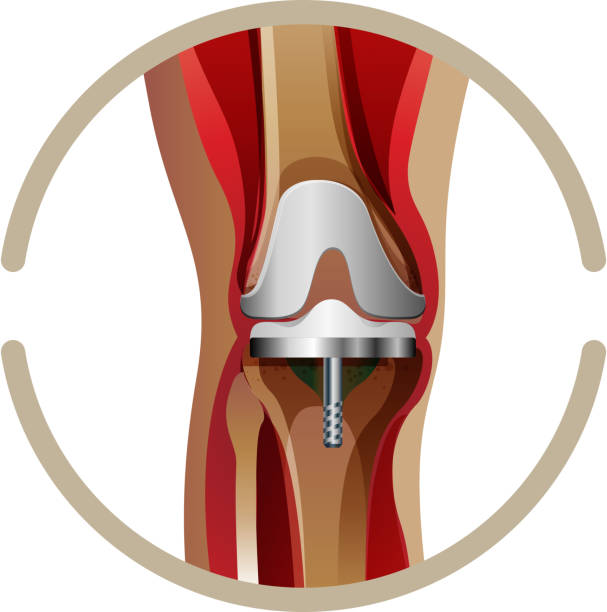Undergoing joint replacement surgery can be a life-changing experience for individuals suffering from chronic joint pain and limited mobility. Whether it's a hip, knee, or shoulder replacement, the surgery aims to alleviate pain, restore function, and improve quality of life. However, many patients wonder whether they can continue participating in physical activities after joint replacement surgery. In this article, we explore the benefits of staying active post-surgery and provide guidelines for safely incorporating physical activity into your routine.
Guidelines for Safe Physical Activity After Joint Replacement Surgery:
- Consult Your Healthcare Provider: Before starting any exercise program, it's essential to consult your orthopedic surgeon or physical therapist to ensure that you're cleared for physical activity and to receive personalized recommendations based on your specific condition and recovery progress.
- Start Slowly: Begin with low-impact exercises and gradually increase intensity and duration as tolerated. Focus on gentle movements that don't place excessive stress on the replaced joint.
- Choose Joint-Friendly Activities: Opt for activities that are gentle on the joints, such as walking, swimming, cycling, and water aerobics. Avoid high-impact activities like running or jumping, as these can place strain on the replaced joint.
- Listen to Your Body: Pay attention to how your body responds to exercise. If you experience pain, swelling, or discomfort, stop the activity and rest. It's normal to feel some discomfort during the initial stages of recovery, but persistent pain may indicate a problem.
- Incorporate Strength Training: Include exercises that target the muscles surrounding the replaced joint, such as leg lifts, squats, and lunges. Strengthening these muscles can help improve joint stability and function.
- Warm Up and Cool Down: Always begin your exercise session with a gentle warm-up to prepare your muscles and joints for activity, and finish with a cooldown to help reduce muscle soreness and prevent injury.
- Stay Hydrated and Fuel Your Body: Drink plenty of water before, during, and after exercise to stay hydrated, and fuel your body with nutritious foods to support energy levels and recovery.
- Monitor Progress and Adjust Accordingly: Keep track of your progress and adjust your exercise routine as needed based on your goals, limitations, and feedback from your healthcare provider.
Conclusion:
In conclusion, participating in physical activities after joint replacement surgery is not only possible but highly encouraged for maintaining joint health, improving function, and enhancing overall well-being. By following these guidelines and working closely with your healthcare team, you can safely and effectively incorporate exercise into your post-surgery routine, helping you enjoy a fulfilling and active lifestyle for years to come.






Comments